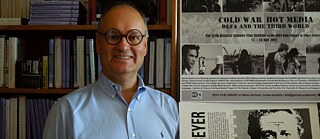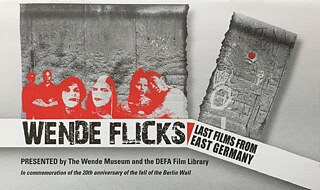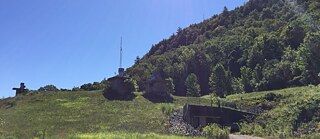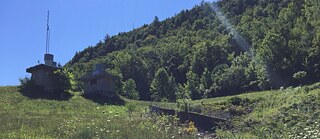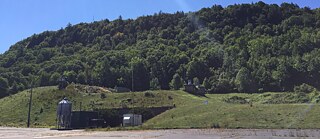30 Years of German Unity
East Germany’s DEFA films
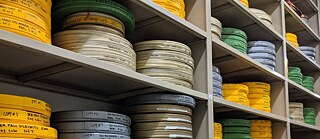
Thirty Years ago a country disappeared: The GDR, German Democratic Republic. But what happened to its culture? What remains meaningful? Was it all too provincial, more folklore than art? In this blog series, we are tracing some of the GDR’s cultural heritage in obvious and not so obvious places.
By Karin Oehlenschläger
The Mount Holyoke Range in Western Massachusetts is a popular hiking destination. The only East-West range in New England, it’s known for high ledges, scenic character, and a 7-mile mountain ridgeline. There are streams, wetlands, woods, and thickets. But one of its most amazing features is rarely mentioned in travel guides: a once top-secret bunker that was built in 1957 by the United States Air Force to shelter the Strategic Air Command in case of a nuclear war. It was operated until the 1970s and actively used during the 1962 Cuban Missile Crisis. Located in the hollow inside of Bare Mountain, this bunker is today’s home of East Germany’s film heritage.How did about 400 films on 35mm and 16mm reels, produced at the GDR’s state-owned DEFA film studios end up in a former Air Force bunker? This is just one example of the turbulent times during the early 1990s when the GDR's planned economy was turned into a market economy. In this case, the players are a diligent professor of German at the University of Massachusetts Amherst, Barton Byg, who studied East German cinema and was on a mission to make these films accessible in the US. He knew of the cinematic treasures the East German Embassy in Washington had stored at an archive in West Glen, NY, during the 1970s and 80s. The other players were the Treuhand privatization agency which tried to make money for the former GDR by selling off anything valuable the socialist state had left behind, and the Progress Film distribution company, managed by the Treuhand.
